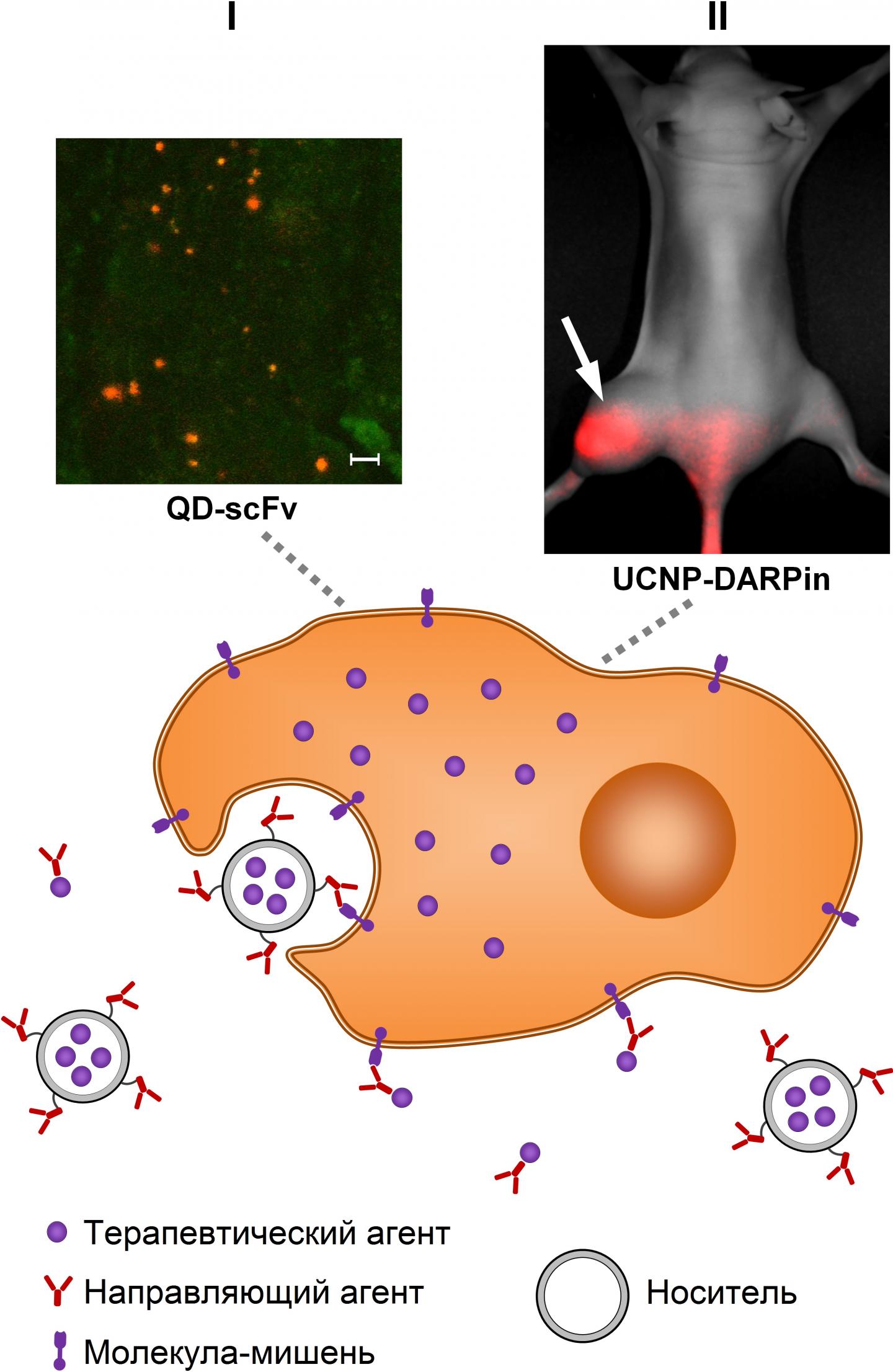A team of biologists from Sechenov First Moscow State Medical University and Lobachevsky University (Nizhny Novgorod) analyzed available methods of targeted drug delivery to malignant tumors

Credit: Source — Irina Balalaeva
A team of biologists from Sechenov First Moscow State Medical University and Lobachevsky University (Nizhny Novgorod) analyzed available methods of targeted drug delivery to malignant tumors. Individual approaches to cancer therapy limit the influence of drugs on healthy tissues and reduce side effects. The results of the study were published in the Cancers journal. The research was supported by a grant issued by the Ministry of Science and Higher Education .
The difference between healthy tissue and a tumor lies in the structure of its vasculature and changes in metabolism. In tumors blood vessels are formed chaotically, have different shapes and diameters, and exhibit closed ends and protrusions. The structure of lymphatic vessels also changes. A tumor and its vasculature grow at different speed causing oxygen and nutrients deficiency. The structure of the tissue and its metabolism changes, as well as the profile of molecules on the surface of tumor cells, and the cancer progresses. Taking these facts into consideration, one can develop methods of target antitumor drugs delivery without affecting healthy cells and causing unnecessary side effects.
Currently, there are three main ways of targeted drug-to-tumor delivery: passive targeting that takes into account the structure of the vessels; active targeting in which an antitumor drug binds with a molecular target; and cell-mediated targeting.
Due to the peculiarities of tumor vessels, large molecules can enter them relatively easily and accumulate in the tumor tissue. This phenomenon is known as enhanced permeability and retention effect, and passive drug targeting is based on it. However, this delivery method doesn’t always guarantee a desired effect. To increase its efficiency, individual therapies are developed on the basis of tumor characteristics. For example, the size of an agent may be optimized accordingly.
Active targeting complements the passive method. It increases the accumulation of a drug in tumor and the time of its retention. In their earlier work the team presented a multifunctional complex that leads to a synergistic effect of combined chemo- and radiotherapy agents. The base of the complex is a luminescent nanoparticle that contains a radioactive isotope 90Y used in radionuclide therapy. On the surface there is a bound highly active fragment of exotoxin A obtained from Pseudomonas aeruginosa (PE40). The complex binds with a marker protein of cancer cells, and its toxic agents affect the tumor. This treatment method works because tumor cells have different metabolism and molecular profiles than the cells of healthy tissues.
Certain types of cells are able to penetrate tumor tissues and therefore can also be used to deliver drugs. Cell-mediated targeting extends the washout period, controls the release of the drug, and reduces general toxicity and side effects. This method has its limitations, but it is also very promising.
“Having a choice between various treatment methods that take into account molecular and structural characteristics of a tumor and being able to adjust drug administration regime means approaching the goals of personalized medicine,” said Irina Balalayeva, a Candidate of Biological Sciences, Dean of the Department of Biophysics of the Institute of Biology and Biomedicine at Lobachevsky University, and a senior research associate of the laboratory of nanotheranostics at the Institute of Molecular Medicine, Sechenov Moscow State Medical University.
Understanding the processes of nutrients and metabolic products transportation within a tumor, the peculiarities of its structure, and its interaction with immune system cells can help increase the efficiency of antitumor drug delivery and cancer treatment.
###
Media Contact
Nataliya Rusanova
[email protected]
Related Journal Article
http://dx.




